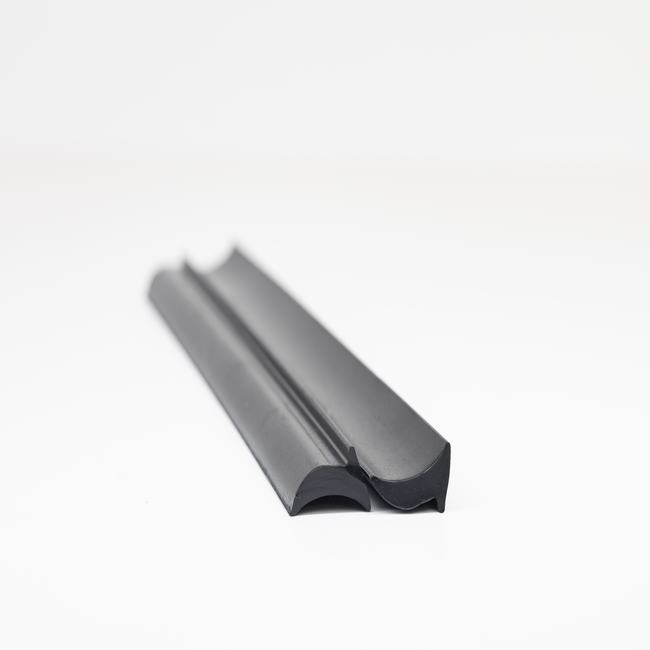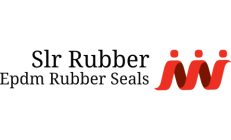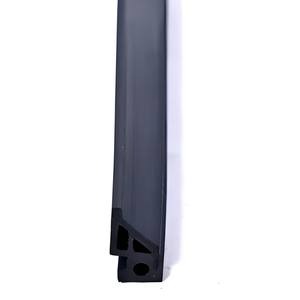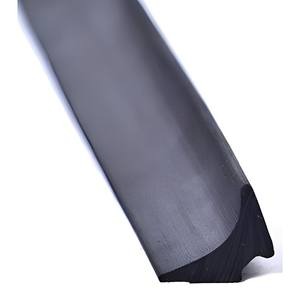EPDM (Ethylene Propylene Diene Monomer) rubber seals are widely used in various industries and applications for their excellent sealing properties, durability, and versatility. These seals are known for their resistance to weathering, ozone, UV radiation, and a wide range of chemicals, making them suitable for both indoor and outdoor use. Here’s more detailed information about EPDM rubber seals:
Key Features and Characteristics:
- Weather Resistance: EPDM rubber seals are highly resistant to environmental factors such as sunlight, rain, and temperature fluctuations. They maintain their flexibility and sealing properties even when exposed to harsh weather conditions, which makes them ideal for outdoor applications.
- Chemical Resistance: EPDM rubber has good resistance to a wide range of chemicals, including acids, alkalis, and polar solvents. This property makes it suitable for various industrial environments where exposure to chemicals is common.
- Temperature Resistance: EPDM rubber seals can withstand a wide temperature range, from -40°C (-40°F) to 120°C (248°F) or higher, depending on the specific formulation. This versatility makes them suitable for applications in extreme temperature conditions.
- UV Stability: EPDM rubber is resistant to ultraviolet (UV) radiation, preventing it from deteriorating or breaking down when exposed to sunlight over extended periods.
- Elasticity and Flexibility: EPDM rubber is highly flexible and exhibits excellent elastic properties, allowing it to create a secure and resilient seal, even in applications with movement, vibration, or varying pressures.
- Low Water Absorption: EPDM rubber has low water absorption properties, which helps it maintain its sealing effectiveness even when exposed to moisture.
Applications of EPDM Rubber Seals:
EPDM rubber seals find applications across a wide range of industries and settings, including:
- Automotive: EPDM rubber seals are used in automotive applications for sealing doors, windows, trunks, hoods, and various vehicle components. They provide weatherproofing, sound insulation, and vibration damping.
- Construction: In the construction industry, EPDM rubber seals are used for sealing doors, windows, roofing systems, and HVAC components. They contribute to energy efficiency and weather resistance in buildings.
- Electrical and Electronics: EPDM rubber seals are employed to provide environmental sealing and electrical insulation in electrical enclosures, control panels, and outdoor electrical installations.
- Industrial Equipment: EPDM rubber seals are used in industrial equipment, pumps, valves, and pipelines to create leak-proof seals in chemical processing, manufacturing, and other applications.
- Marine: In marine applications, EPDM rubber seals are utilized for sealing hatches, ports, and other openings on boats and ships. They resist exposure to saltwater and harsh marine conditions.
- Agriculture: EPDM rubber seals are used in agricultural machinery, irrigation systems, and equipment due to their resistance to moisture, chemicals, and weather.
- Medical Devices: EPDM rubber’s biocompatibility makes it suitable for use in medical devices and equipment where a reliable, non-reactive seal is essential.
Maintenance and Care:
To ensure the continued effectiveness of EPDM rubber seals, regular inspection for wear, damage, or deterioration is crucial. Seals that show signs of cracking, tearing, or loss of elasticity should be replaced promptly. Proper storage away from direct sunlight and exposure to harsh chemicals can also help extend their lifespan.
In summary, EPDM rubber seals are versatile and reliable sealing components known for their resistance to weather, chemicals, and extreme temperatures. They play a crucial role in creating dependable and durable seals in various industrial and commercial applications, contributing to the efficiency and longevity of systems and equipment.







